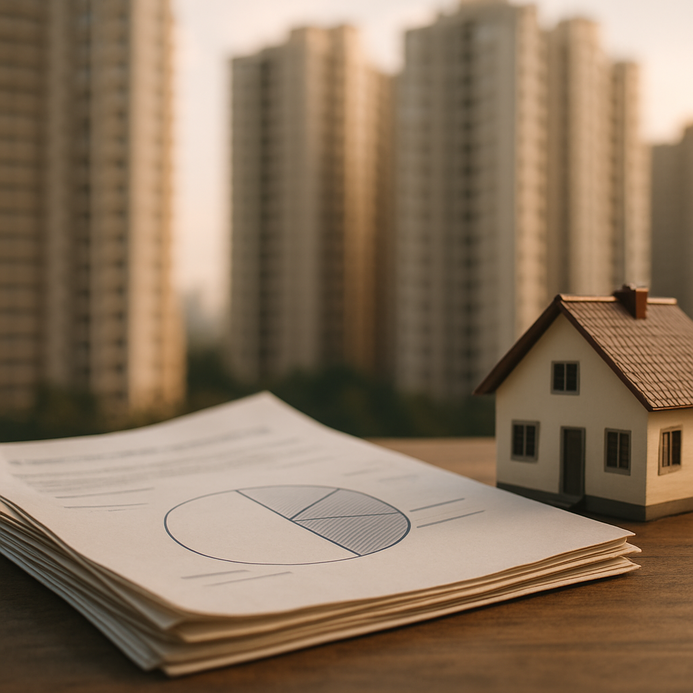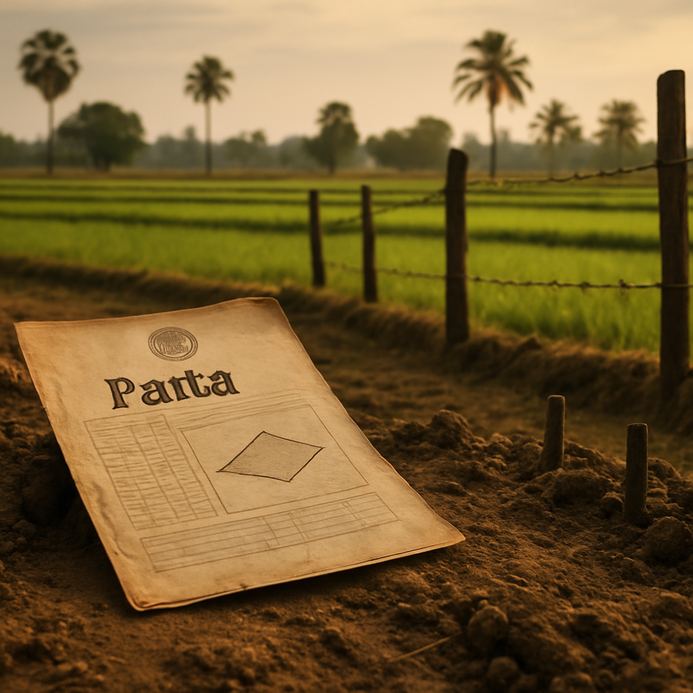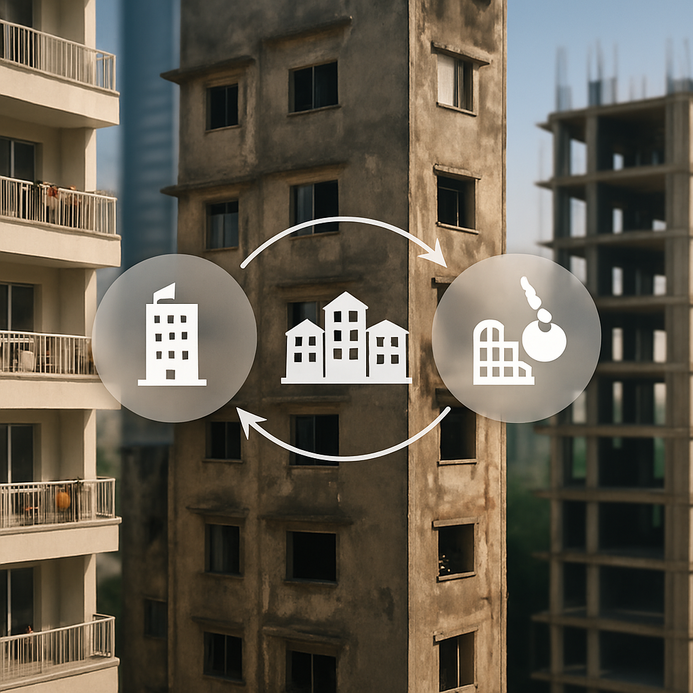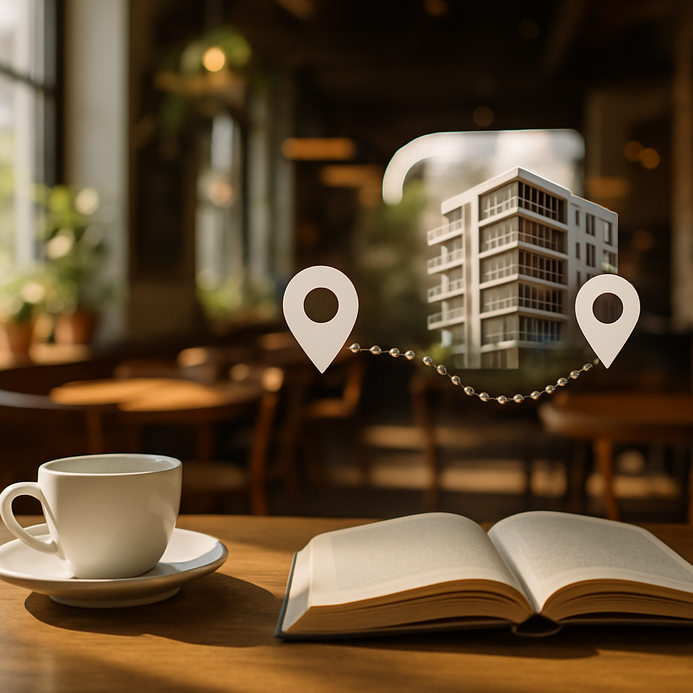Property and Casualty Insurance Explained: A Simple Guide for Homeowners
Understanding Property and Casualty Insurance in India
So, property and casualty insurance, it’s pretty key for homeowners in India, right? It basically safeguards against risks that could seriously mess up your home or belongings. If you get the whole idea behind it, you’re in a much better position to make choices that protect your financial future.
Definition and Meaning
Let’s break it down. Property and casualty insurance covers a bunch of stuff, like your home and vehicle. It also shields you from liabilities if something goes haywire and an accident happens on your property. Here’s a quick snapshot:
| Coverage Type | Description |
| Homeowners Insurance | Protects against property damage and theft |
| Renter’s Insurance | Covers personal belongings in rented spaces |
| Auto Insurance | Protects against vehicle damage and liability |
| Liability Insurance | Covers legal liabilities for injuries on your property |
Homeowners, keep in mind the specific risks tied to things like natural disasters, theft, or vandalism when picking insurance. Having the right coverage can help keep your finances stable after a disaster hits.
Impact on Financial Security
Finding the right property and casualty insurance means you won’t be drowning in unexpected repair costs. It’s a huge relief knowing you’re covered if something crazy happens that could eat into your savings. Plus, having solid insurance can about double your property’s value in the eyes of potential buyers.
If you’re curious about property and casualty insurance basics, check out this helpful guide from source. For the nitty-gritty on specific products, the Insurance Regulatory and Development Authority of India (IRDAI) is a goldmine of info.
And hey, if you’re digging deeper into homeownership, think property investments and loans have a look at our articles right here.
Types of Home Insurance Policies Available
When it comes to property and casualty insurance in India, homeowners have quite a few policies to choose from, each designed to meet different needs. Knowing what’s out there can really help you make a smart choice.
1. Basic Home Insurance
This is your bread-and-butter policy. It covers the essentials like fire, theft, and certain natural disasters such as floods and earthquakes. Great if you want something affordable but still essential!
Coverage Comparison Table
| Coverage Type | Basic Plan | Comprehensive Plan | Specialized Plan |
| Fire Damage | Yes | Yes | Yes |
| Theft Protection | Yes | Yes | Yes |
| Natural Disasters | Limited | Yes | Customizable |
| Personal Liability | No | Yes | Yes |
2. Comprehensive Home Insurance
Comprehensive plans cover just about everything, your home structure AND personal belongings. Plus, this type usually includes liability protection in case of any accidents on your premises. Great for those who want complete peace of mind.
3. Specialized Home Insurance
This one’s for specific needs. Got something valuable, like jewelry or collectibles? Specialized insurance lets you customize your coverage to protect those unique assets. Chat with an insurance agent to figure out what you need.
Understanding property and casualty insurance is super important because it helps you grasp how these policies actually function. According to source, it’s all about protecting you from property loss and any liabilities tied to owning property.
With these options available, homeowners can confidently pick the right property and casualty insurance that suits their situation, keeping their homes and everything inside, well-protected. For more insights, hit our article on property insurance for home loans.
Assessing Your Coverage Needs
When diving into your property and casualty insurance, it’s super important to take a good, hard look at what you have and the risks your home faces. Understanding property and casualty insurance really helps you nail down how much coverage you could need.
Home Characteristics and Valuation
Start by checking out the main features of your home. Consider this:
| Home Feature | Importance |
| Size and Layout | Larger homes or unique layouts may need more coverage. |
| Location | Homes in areas prone to flooding or quakes need special attention. |
| Age and Condition | Older homes might need extra coverage for wear and tear. |
| Security Features | Homes with alarms or security systems may get discounts. |
Identifying Vulnerabilities
Next, look into vulnerabilities, like crime rates and types of natural disasters in your area. If your place is in a flood zone, you’re gonna need that extra flood insurance.
In a nutshell, property and casualty insurance covers both properties and the associated liabilities. You really need to think about liability risks, like potential injuries that could happen on your property, to determine what you need.
Coverage Recommendations
Here are some basic guidelines to help you decide the coverage level that’s right for you:
- Home Structure: Aim to have coverage that meets or goes beyond your home’s estimated replacement cost.
- Personal Property: Usually, target coverage that’s 50-70% of your home’s value.
- Liability Protection: Consider at least ₹10 lakh for liability coverage, depending on your specific situation.
By carefully examining your home’s features and vulnerabilities, you’ll zero in on a coverage plan that properly protects your investment.
And for more info on home insurance, don’t miss our articles on how to save tax on your second home loan and property valuation.
Comparing Insurance Policies: What to Look For
So, when you’re checking out property and casualty insurance policies, knowing what to look for can really change the game. Key factors are premiums, coverage limits, exclusions, and how good the insurer is.
1. Premiums
These are what you pay for your insurance coverage. Comparing premiums among different providers helps you spot a great deal. But remember, the lowest premium isn’t always the best option. Balance cost with quality coverage.
2. Coverage Limits
Every policy has limits, that’s how much you get if you file a claim. Make sure these are enough to protect your property’s worth. It’s smart to compare these limits across policies for key risks like fire, floods, and theft.
3. Exclusions
Definitely read the fine print. Policies have lists of things they don’t cover, like certain disasters or types of damage. Knowing what’s excluded can save you from headaches later on.
Table: Key Considerations for Insurance Policies
| Factor | Description | Importance |
| Premiums | The cost you pay for the policy each year. | Affordability |
| Coverage Limits | Maximum payout the insurer will provide per claim. | Protecting asset value |
| Exclusions | Situations or damages not covered in the policy. | Avoiding unexpected costs |
| Insurer Reputation | The reliability and customer service of the insurer. | Ensuring claims will be processed smoothly |
4. Insurer’s Reputation and Service Quality
A solid insurer usually has a good track record for customer service and timely claims processing. Want to know how they treat clients? Check out reviews or search for ratings. Good companies provide great support, especially when you need it most.
Researching and asking questions when picking your property and casualty insurance? Totally worthwhile! You want a policy that fits your needs perfectly. For more insights, check this out on Wikipedia. Need more tips on home insurance? Don’t miss our other resources like this guide.
Understanding the Claim Process and Add-Ons
Filing a claim for property and casualty insurance can feel overwhelming. But if you break it down, it’s not too bad. First thing’s first: report the incident to your insurer ASAP. Gather all the documentation, think photos, police reports, whatever backs up your claim—so you have everything ready. Most companies let you file claims online or over the phone, which is super convenient.
Once you’ve filed, your insurance company will get in touch to assess the damage. An adjuster will inspect everything and decide how much you’re entitled to based on your policy and the damages. This can take weeks, but don’t hesitate to check in for updates. Generally, you can expect a decision within a few weeks, though complications might slow that down.
Claim Process Steps
| Claim Process Steps | Description |
| Report Incident | Notify the insurance company promptly. |
| Gather Documentation | Collect necessary evidence like photos and reports. |
| File Claim | Submit through online portals or hotlines. |
| Adjuster Assessment | An adjuster evaluates the damage and loss. |
| Decision & Payout | Receive compensation based on policy terms. |
On top of standard coverage, homeowners should think about essential add-ons in their insurance policies. For those in spots that face floods or cyclones, those add-ons can be total lifesavers.
Plus, don’t forget to review your policies now and then. As risks change and more coverage options pop up, your insurance should adapt to meet your needs. Taking these proactive steps can save you a lot of hassle and money if unexpected disasters do occur.
FAQ
Q1: What is property and casualty insurance?
A1: Property and casualty insurance is a type of insurance that provides coverage for physical property, such as homes and vehicles, along with protection against legal liabilities.
Q2: How do I choose the right insurance policy?
A2: Evaluate your home’s characteristics, assess vulnerabilities, compare premium costs, and understand the coverage limits and exclusions across different policies.
Q3: What are the common types of home insurance policies available?
A3: Common home insurance policies include basic home insurance, comprehensive home insurance, and specialized home insurance.
Q4: How do I file a claim?
A4: Report the incident to your insurer as soon as possible, gather necessary documentation, and submit your claim either online or via phone.
Q5: What are add-ons in insurance policies?
A5: Add-ons are additional coverages that homeowners can purchase to protect against specific risks, such as floods or earthquakes.













